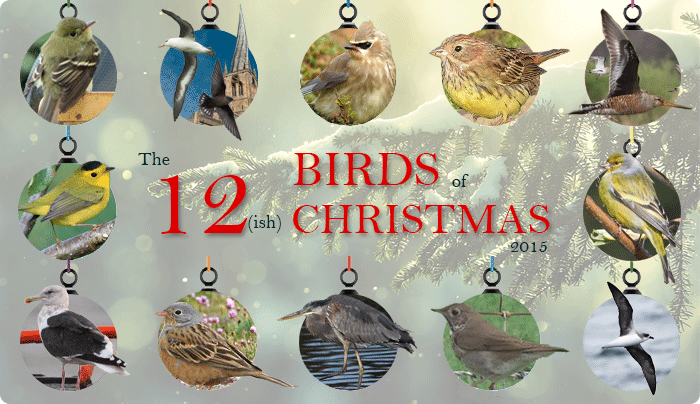
Everyone loves a nice, chilled and chilly Christmas. What’s better than clear blue skies, a fresh, icy bite to the crisp and clean air and some suitably wintery-looking birds.
Everyone has their own favourite Christmassy scene and their own personal #1 avian selection. For many, the epitome of such thoughts is our beloved Robin but there are many who find a winter Waxwing to be truly irresistible.
…and what’s not to love - that punky Mohawk, the delicate trilling contact call, the delicious almost unfeathered, velveteen plumage and the most subtle of contrasts within the markings themselves.
Winter Waxwings are centred around our friends of a Bohemian bent; the early summer of 2015 saw the focus of attention swing towards an astonishing little influx of a Waxwing species that continues to elude all the new listers…
June was, most certainly, the month of the Cedar Waxwing.
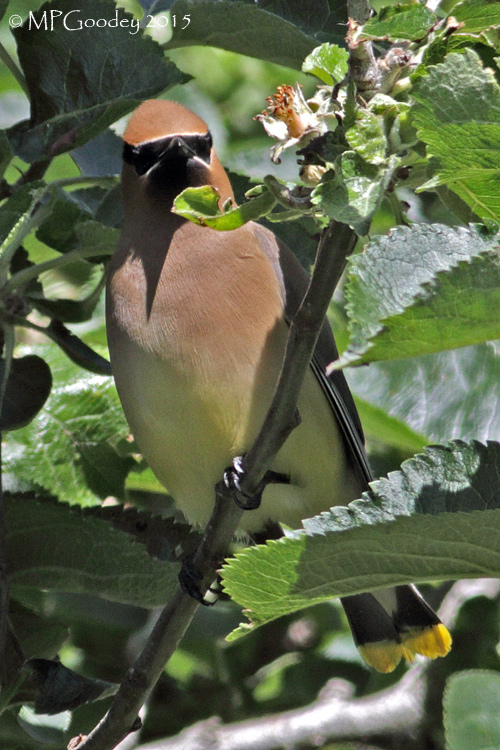
There was quite some jigsaw puzzle to piece together where the mini-invasion of those four Cedar Waxwings was concerned. There was intrigue and a little frustration dotted along the way throughout the month as, one after another, birds appeared randomly at assorted far flung sites in Ireland, England, Scotland and Wales.
…so let’s start to piece things together, not in the order we saw unfold in the summer but through the days on the calendar for June itself…
The first hint of something special came along on June 2nd - the strangely intense westerly airflow that had already yielded Nearctic thrushes and juncos just kept blowing and rippling through the west coast of England and Ireland as the sixth month of the year came around.
Conditions at the time had seen a particularly deep low pressure system track rapidly in-off from the Atlantic and news of a Waxwing on Scilly, well described by a non-birder at Rosehill, on St. Mary’s, was met with a significant amount of interest - inevitably the thought that this was most likely to be a Cedar Waxwing was, on this occasion, a wholly appropriate leap of faith but despite subsequent searches in the area, the trail went cold pretty quickly.
The species slipped from the radar once more but, as it turns out, not for long.
Just 24 hours after the report of something curious from St. Mary’s came the arrival of a most-definite Cedar Waxwing - seen in County Clare, at the Vandeleur Walled Garden, southeast of Kilmer. The bird spent two days in the gardens and was photographed for good measure - for listers chomping at the bit the main disappointment was that news of the bird’s presence and subsequent identification didn’t appear for several days after the event.
The Kilmer Cedar Waxwing Ireland’s first spring record and the third in all - the first made landfall on Inishbofin in October 2009, the second found a way to the Mullet Peninsula in November 2012. All three birds seen by no more than just a tiny handful of birders.
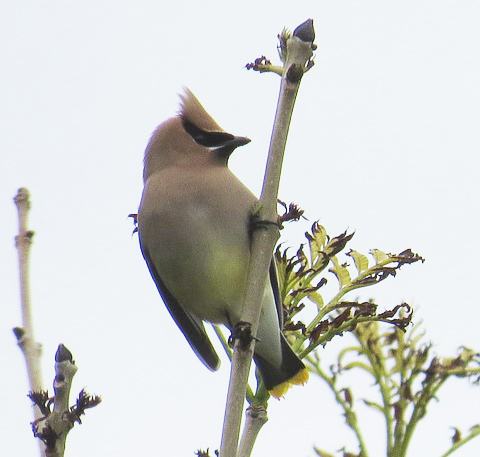
One down then, three to go…
…and our next stop on the amazing adventures of Bombycilla cedrorum is the extreme northwest of Scotland and to Scaranish, on Tiree, one of the coastal islands of Argyll & Bute.
Coming just eight days after that first Scilly murmur and seven days after the photographed bird in Clare here was the second record within the first 10 days of June - the 10th was a spectacular day, not only was there a Cedar Waxwing to muse upon, there was also the discovery of the male Cretzschmar’s Bunting too.
It was mentioned at the time that, as sightings go, the Tiree bird of June 2015 was pretty brief, not much more than a minute or so, but intrepid birder Keith Gillon managed to rattle off at least two rather gripping images - quelling the usual baying of the online pack of wolves - and all of those who weren’t on the scene in the winter of 1996 drew breath and winced a little more and a little deeper too.
The bushes where Keith located his Cedar Waxwing weren’t all that far away from the bushes of Vaul, where the fifth record of the species for B&I spent nine days in a private garden (rendering it to be yet another un-twitchable bird) in September 2013.
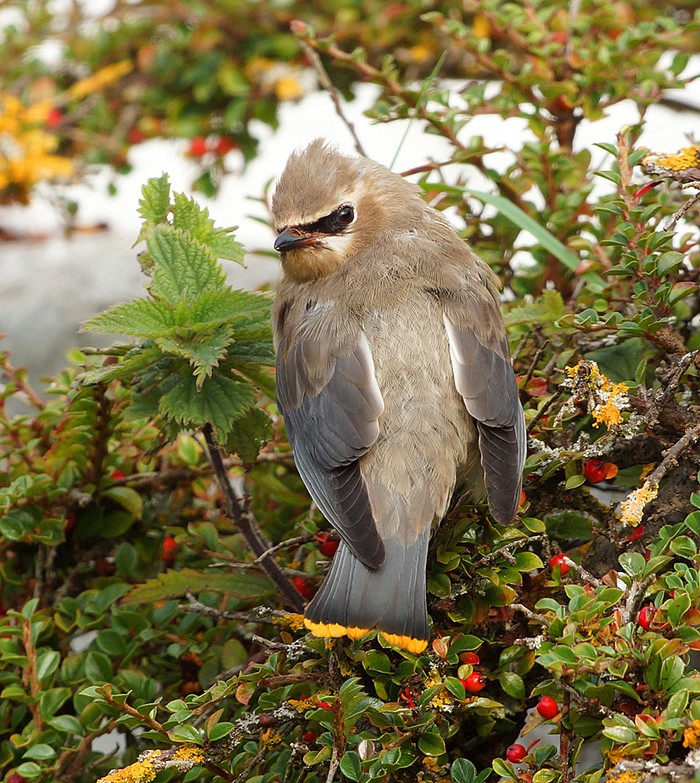
Tiree 2 Twitchers 0
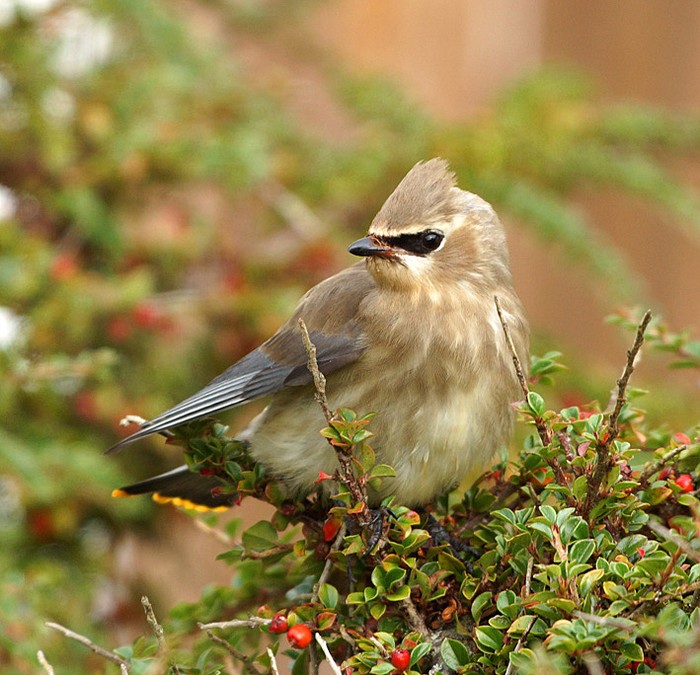
By the time June 19th rolled around, almost all the rare bird news around Britain was dominated by the Bardsey bunting. Then, just when Cedar Waxwing was drifting off the radar - incredibly, up popped one on St. Mary’s, the third of the month, the third within 16, maybe 17 days…
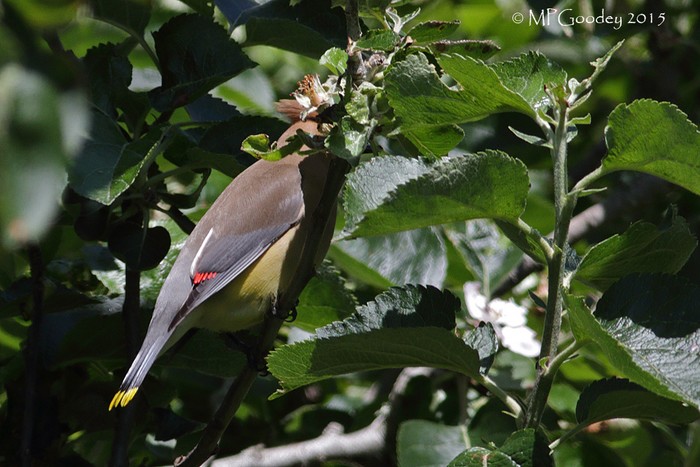
Two and a half weeks had elapsed since the fascinating report of the Rosehill Waxwing but this time around, there were no doubts - at the opposite end of the expansive Lower Moors, in another St. Mary’s garden, here was the third (maybe fourth) Cedar Waxwing of an extraordinary spell, a bird that put on a somewhat short and sweet show in Old Town (where it was noted just three times between 1125 and 1250) before departing towards Lower Moors.
Almost as quickly as it had (re-?)appeared, it had disappeared once more, this time never to be seen again.
Again, at the time, there was speculation as to whether the Old Town bird was a new individual or just the relocated Rosehill bird; the likelihood seemed higher that this was actually a second Scilly Cedar Waxwing, especially given the number of days that elapsed between the two appearances. But they’re furtive things, so it could have been lurking on St. Mary’s throughout.
Anyway. The story didn’t end there…
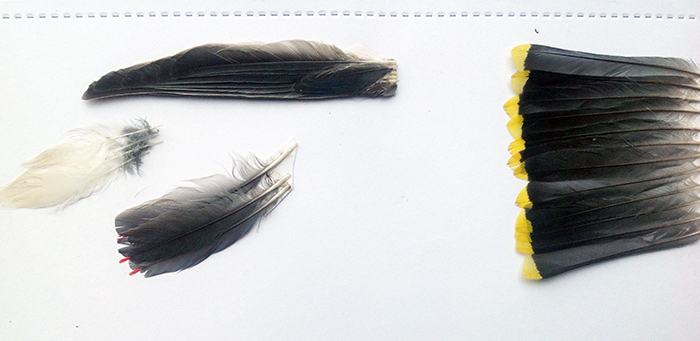
…because, as it turned out, eight days after the Old Town Cedar Waxwing, the fresh remains of the 4th bird of the month had been found on 27th at Treginnis, near St. David’s (Pembrokeshire). A small selection of (fresh) remains were collected; primaries, secondaries and undertail coverts, along with rectrices all obtained - there was no doubting what species was involved here - a first for record for Pembrokeshire and a first for Wales too - and an individual that took the overall total for Britain and Ireland to nine in all.
There’s a pretty random spread of dates for the records we have to date - of the five accepted birds prior to 2015 there’s been the first Tiree bird in September (2013), the Mullet bird in November (2012), the Galway bird in October (2009), the (amazingly) only one out of the nine to date to have been twitchable, the Nottingham bird of February-March 1996 and that first British record, found on Noss, on Shetland, in …. daa daaah … June 1985…
There really can’t be too many other Nearctic passerine vagrants that will see June as the “top” month for occurrences but that’s where we are with Cedar Waxwing - now way ahead with five records for the month.
For all of those who weren’t on the scene in the winter of 1996, the past five years have been hugely frustrating where chasing one of these cracker is concerned - some dipped on Inishbofin, no one got to the Mullet and no one was invited to Tiree.
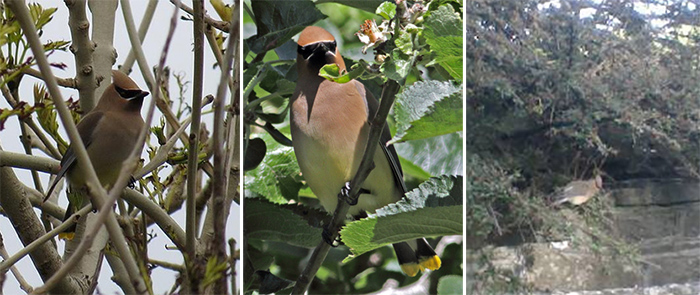
This year’s quartet, the living ones at least, gave no one a chance either - so we remain with that much-admired bird - amongst wonderful four figure flocks of Bohemian buddies- in and around Nottingham, for those 28 cold days in February and March 1996 as the sole listing representative.
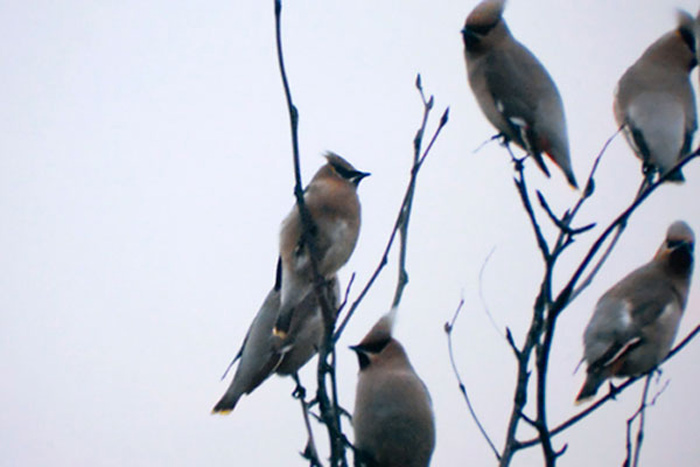
With the 20th anniversary coming around soon, it is almost impossible to predict where and when the next twitchable one will fall.
…an island seems most likely - as is often the way these days - but if those Christmassy flocks of Waxwings begin to amass (we are due another good winter full of them), well who knows.
Tomorrow we head back to October for a bird that has also been noted here (just like the Cedar Waxwing) on nine occasions now - this year’s appearance though was all the more significant…
Mark Golley
26 December 2015






